
Behind the gates of a palm-tree-lined fantasyland, three residents and one interloper at America’s largest retirement community strive to find happiness.
You May Also Like

Grassroots activists in the Philippines are spurred into action when a local transgender woman is found dead in a motel room with a 19-year-old U.S. marine as the leading suspect. As they demand answers and a just trial, hidden histories of U.S. colonization come bubbling to the surface.

Hidden amongst the rolling mountains and deep forests of the pacific northwest sits a breeding ground for one of the deadliest terrains in the world. Known as a serial killer’s playground, this land once dubbed “Wonderland” due to its grandeur and summer beauty, washes away into nine dreary months of rain that bring gray skies and a falling mist that drives the demons among us to kill. These are THE WONDERLAND MURDERS.

An access-all-areas look at the life of global megastar KSI as he goes through the most momentous year of his life. At the height of his fame, spurred on by a break-up, the multi-millionaire YouTuber, boxer and rapper starts to re-evaluate his priorities. How did JJ Olatunji, a nerdy kid from Watford become so successful and at what cost?

Offbeat documentarian Chris Smith provides a behind-the-scenes look at how Jim Carrey adopted the persona of idiosyncratic comedian Andy Kaufman on the set of Man on the Moon.
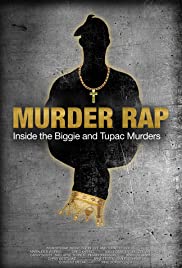
Two of the most notorious unsolved cases in the history of American crime – the murders of renowned rap stars Tupac Shakur and Biggie Smalls – have been the subject of exhaustive investigations, relentless speculation, and a web of conspiracy theories and dark secrets. Now, for the first time, the true story behind these sensational cases is laid bare in “Murder Rap: Inside the Biggie and Tupac Murders”. Using information sourced from hundreds of police case files, taped confessions never shown before, and interviews with the lead detective and witnesses, this is the riveting account of the task force that finally exposed the shocking truth behind the deaths of these two rap music icons.

IDFA and Canadian filmmaker Peter Wintonick had a close relationship for decades. He was a hard worker and often far from home, visiting festivals around the world. In 2013, he died after a short illness. His daughter Mira was left behind with a whole lot of questions, and a box full of videotapes that Wintonick shot for his Utopia project. She resolved to investigate what sort of film he envisaged, and to complete it for him.
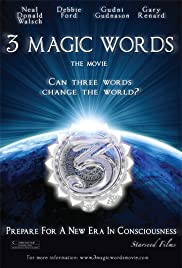
A woman awakens with amnesia after a suicide attempt, and her quest to find the meaning of life introduces her to a great spiritual philosophy. Her self-discovery becomes a real-life primer in new age consciousness.

Alexandra Pelosi’s patriotic travelogue crisscrosses the U.S. to attend naturalization ceremonies in all 50 states and listens to recent immigrants from around the world explain their decision to become American citizens. The film is inspired by the naturalization process experienced by Pelosi’s Dutch-born husband, Michiel Vos.
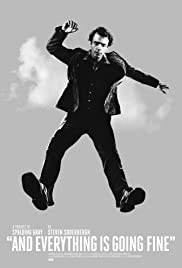
From the first time he performed Swimming to Cambodia – the one-man account of his experience of making the 1984 film The Killing Fields – Spalding Gray made the art of the monologue his own. Drawing unstintingly on the most intimate aspects of his own life, his shows were vibrant, hilarious and moving. His death came tragically early, in 2004; this compilation of interview and performance footage nails his idiosyncratic and irreplaceable brilliance.
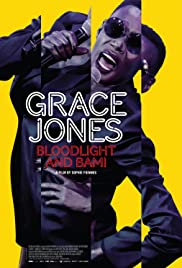
A documentary which traces the life of the magnetic, world-conquering, Jamaican musician, model and party queen Grace Jones.

Legendary comic Carlin comes back to the Beacon theater to angrily rant about airport security, germs, cigars, angels, children and parents, men, names, religion, god, advertising, Bill Jeff and minorities.
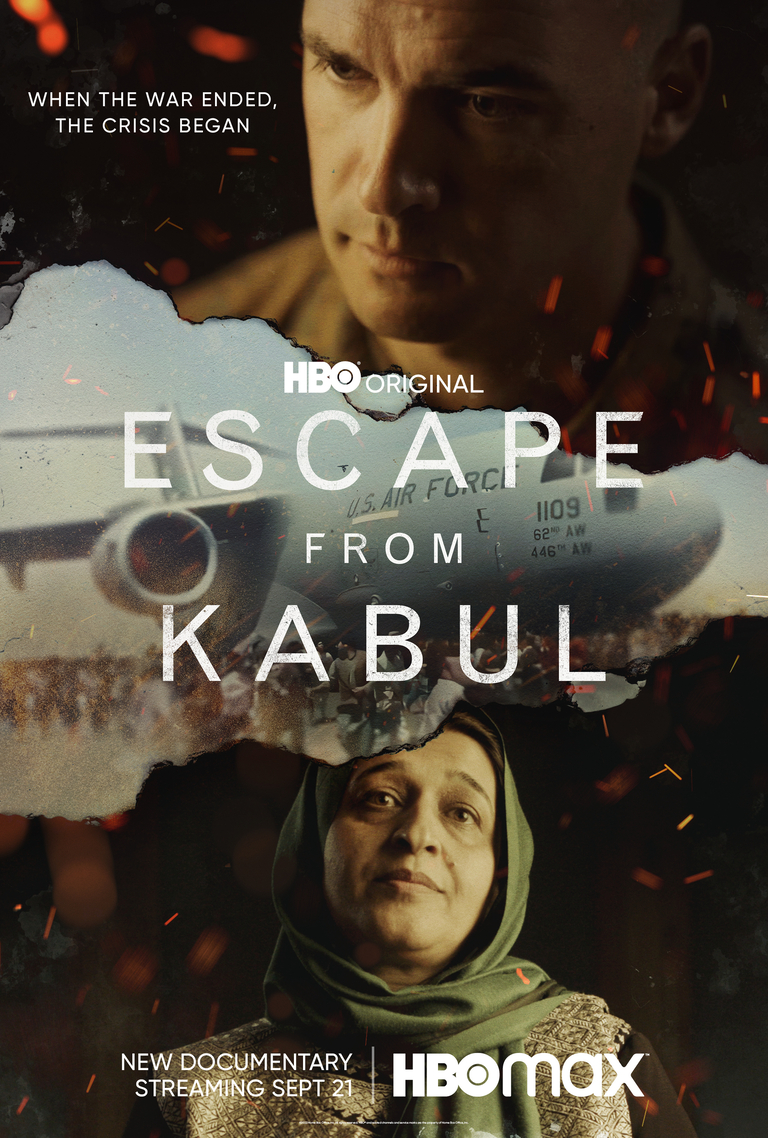
Unfolding over 18 monumental days in August 2021, this deeply immersive and emotional documentary combines never-before-seen archival footage from those on the ground at the airport with exclusive interviews with people who were there throughout the period, including Afghan citizens attempting to flee, U.S. Marines tasked with managing the evacuation, and Taliban commanders and fighters who had recently taken the city.